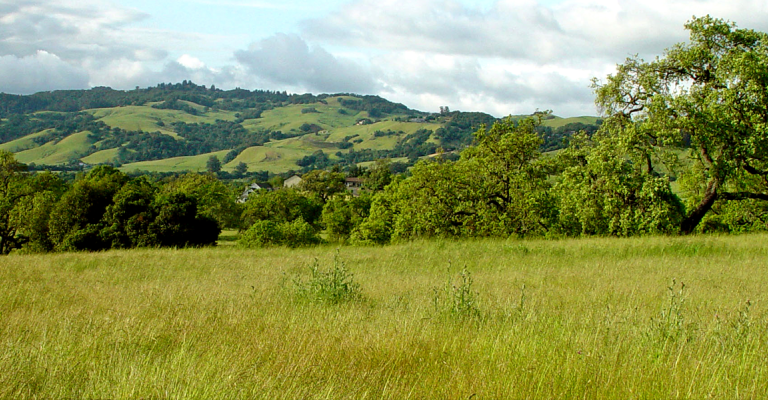Service-Learning in Communication Studies
Service-learning activity usually falls into two categories:
Type 1: Teaching/tutoring/sharing knowledge from the class
Example: Journalism students at the University of Denver took part in a service-learning project as part of their critical media literacy program. They partnered with local high school students, collaborating in a research project. After familiarizing themselves with several frameworks for thinking of the role of media, the university students each picked one that resonated with them and produced a 2-minute video essay about their chosen topic. “Once the videos were completed, they then collectively selected the videos that they felt would be most interesting to show to urban high school students as part of a collaborative learning situation. They made this selection based on what they learned about the high school community through in-class research and discussion.” After showing their productions to the high school students and engaging in a discussion, the university students wrote reflections. “In her reflection paper after this encounter, the producer of this video essay wrote about how the experience had made her aware of her own unintentional biases. She noted that she wished she’d included: ‘… more perspectives in my video essay, if possible. I think it would be beneficial to focus on the prevalence and use of media in underdeveloped countries, instead of only focusing on how media is influencing activism among those in the United States.’ “ The professor noted that “Media activism like the critical media literacy project outlined here can involve encouraging students to participate in a social critique of media systems, but it is also a way for them to acknowledge their own biases so that they do not reproduce the mistakes of elitism that journalism has encountered in the past. Like those engaged in public journalism, we can encourage our students not only to report on but to act as agents and co-learners who see their task as working to improve public life for all members of the communities they serve.” 1
Type 2: Using information from the class to do something with/for a community organization.
Example: Students at St. John Fisher College in Rochester, New York participated in a service-learning project in which they could choose several avenues to work on public relations campaigns, partnering with the City of Rochester, specifically the media editor. The media editor assisted in “orienting the students to the master plan, coaching them on requirements for their campaigns, and offering feedback throughout the planning process. Additionally, students conducted primary research on their neighborhoods, including polls, focus groups, and interviews.” One of the students reflected that she’s “uncovered a historic, picturesque community full of cultural offerings.” “This is all about building relationships with clients and meeting their needs,” another student said. 2
1Clark, Lynn S. “Cultivating the media activist: How critical media literacy and critical service learning can reform journalism education.” Special Issue: Practicing Media Activism, Shaping Networked Journalism 14.7 (2013): 886-889. SAGE. Web. 28 Sept. 2015.
2"Service-Learning Project Exposes PR Students to City Life." St. John Fisher College, 19 March 2015. Web. 10 July 2015.
Please contact [email protected] for more information.
Emily Acosta Lewis has instructed several service-learning classes and may be willing and able to share advice you can contact her at [email protected]



